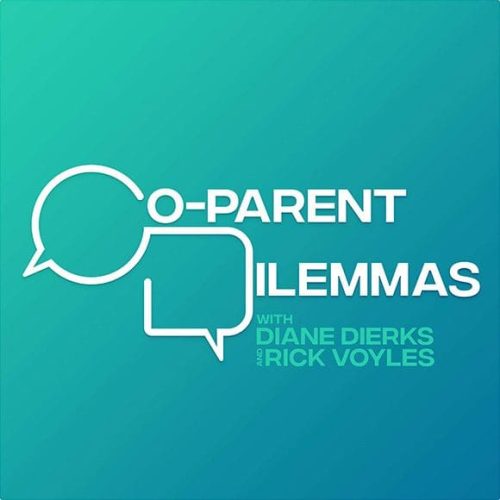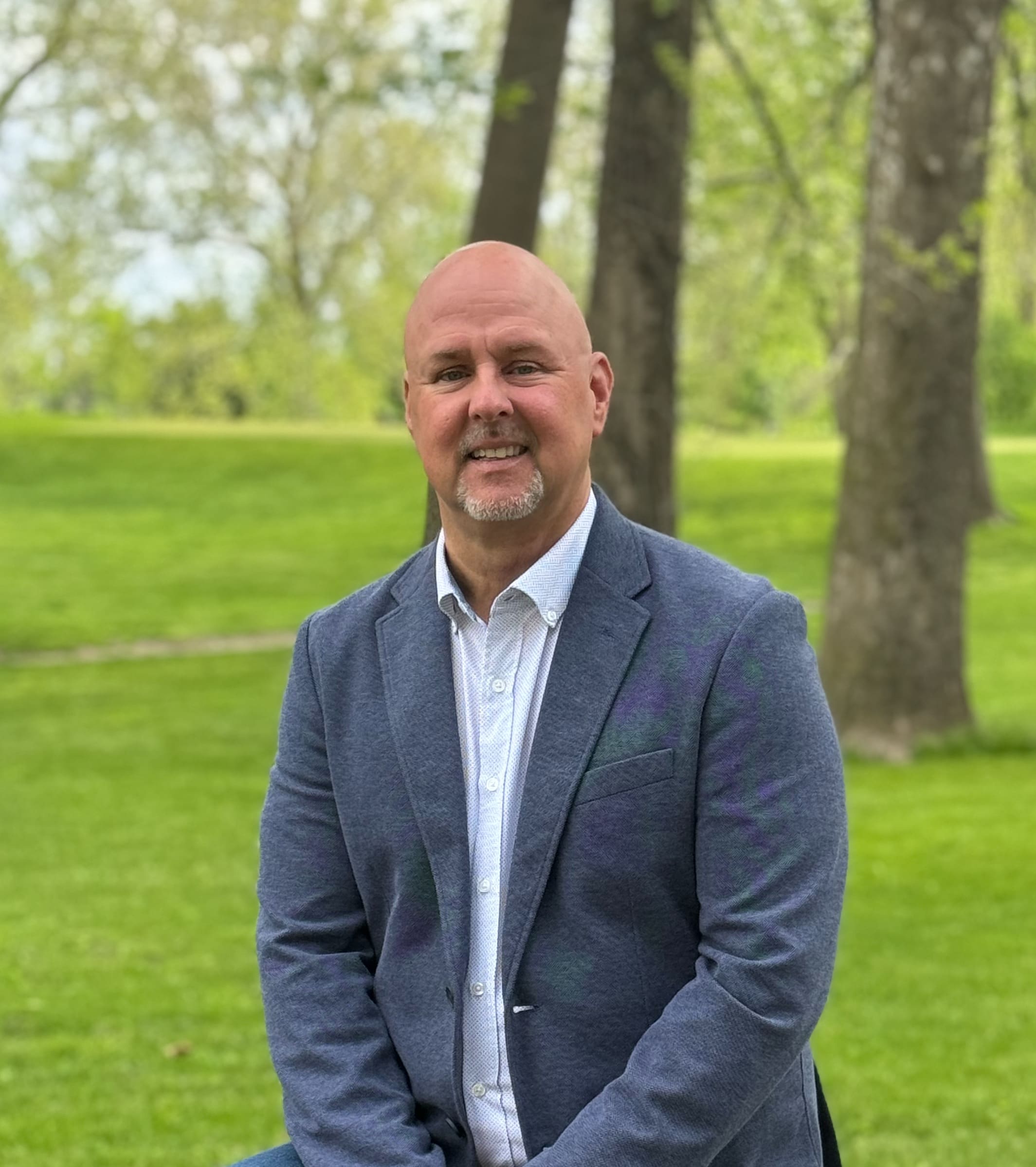Big Brother by Any Other Name

Among the many magazines that come to our home for Anne, because she’s a designer and decorator, is one called, Architectural Products. A recent edition ran an article called, “The Smartest Building in Austin” (starting at page 28 in the print edition, page 30 in the digital edition). I don’t remember if Big Brother was identified as the architect of the building. But I do know he’s involved somehow.
I know that because the article said this, in part:
Sensors — approximately 6,000 of them — are attached to the spine. These connect to an automation system that allow[s] ownership and management to understand how people move within the structure and how the various spaces get utilized, such as conference rooms and parking. This data, along with the building’s integrated technology allows for optimization of the user’s experience and a highly personalized and responsive environment for comfort, health, and security … Smart Entry/Exit Stations with license plate recognition (LPR) cameras [are] … Designed to be completely touchless from the time a person pulls into the parking garage until arriving at the individual’s desk.
A few of the terms, phrases, and clauses in that paragraph had my Spidey Sense at DEFCON 1.
Shades of Orwell
Here are the terms that lit me up, along with my translational commentary:
- The spine. According to HPE Aruba Networking, “A spine-leaf architecture is data center network topology that consists of two switching layers — a spine and leaf. The leaf layer consists of access switches that aggregate traffic from servers and connect directly into the spine or network core. Spine switches interconnect all leaf switches in a full-mesh topology.” Guess who controls and has access to the full-mesh topology. Hint: It’s not the folks who work in the building.
- Allow[s] ownership and management to understand how people move within the structure. See #1.
- Optimization of the user’s experience. If you’re not sure who gets to define optimized, see #1 and #2.
- A highly personalized and responsive environment for comfort, health, and security. If you’re not sure whose comfort, health, and security are assured here, see #1, #2, and #3.
- Smart Entry/Exit Stations with license plate recognition (LPR) cameras. The cameras, of course feed into the spine. From there, see #1, #2, #3, and #4.
- From the time a person pulls into the parking garage until arriving at the individual’s desk. If you’re not sure to whom it’s important to monitor said person (who turns into an individual on the way to its desk), see #1, #2, #3, #4, and #5.
In addition to 1984, all that terminological obfuscation puts me in mind of this quote from Albert Camus:
The welfare of the people in particular has always been the alibi of tyrants, and it provides the further advantage of giving the servants of tyranny a good conscience.
George Orwell’s 1984, of course, is about a totalitarian regime, INGSOC (English Socialism), which exercises total control over every aspect of its citizens’ lives through physical and mental manipulation, surveillance, and propaganda. (It uses violence, too. I don’t know if the folks in the smartest building in Austin are prepared to go that far. Let’s hope not.)

It makes you wonder what the limits of the smartest building in Austin’s control might be if the spine is run with AI. It’s shades of HAL in 2001. And if it gets that far, it’ll be easy enough to imagine a person getting through all the security checkpoints, turning into an individual arriving at its desk, hitting the power switch on a computer, and hearing this.
After all, if we’re controlling lives, controlling computers, and requiring bioscans, we’re flirting with totalitarianism, are we not? And let’s not forget, totalitarianism is dictatorial and utopian. More specifically, it’s able to become dictatorial precisely because it’s ostensibly utopian. It’s Fred Sanford’s statement, “Promise ‘em the elevator and give ‘em the shaft,” writ large. And while we’ve managed to get 24 years into the 21st century, let’s not forget the 20th century totalitarian state was the greatest intellectual justification for mass murder in history. Just sayin’.
From there, it’s not much of a stretch to imagine the smartest building in Austin and its architects creating a logo for their own regime, something that couches their desire to exercise total control over every aspect of the building’s occupants’ lives in some seemingly positive but nevertheless transparently euphemistic language. The logo and its tagline might be something like this:

Cut the Cards
Mr. Dooley (or Martin J. Dooley) was a fictional Irish immigrant bartender created by and appearing in many columns written by the American journalist and humorist, Finley Peter Dunne, in the late 19th and early 20th centuries. Mr. Dooley was famous for the expression, “Trust everybody, but cut the cards.” That’s invaluably sound advice, more pertinent today than it was when it was written, that should be universally applied. To put it another way, question everything. Always. Without fail.
And be absolutely sure of this: The bigger the organization, the institution, the bureaucracy, or the government that promises what it will do for you will be necessarily good for you, question it all the more. Hidden agendas and unintended consequences are certain to follow any such promises. How do we know that? It’s in the history we ignore so blithely and consistently. It’s why we are where we are.
If you don’t believe that’s true, there’s a building in Austin you’re gonna love.
Originally Published on https://www.bizcatalyst360.com/category/lifecolumns/notes-to-self/



























